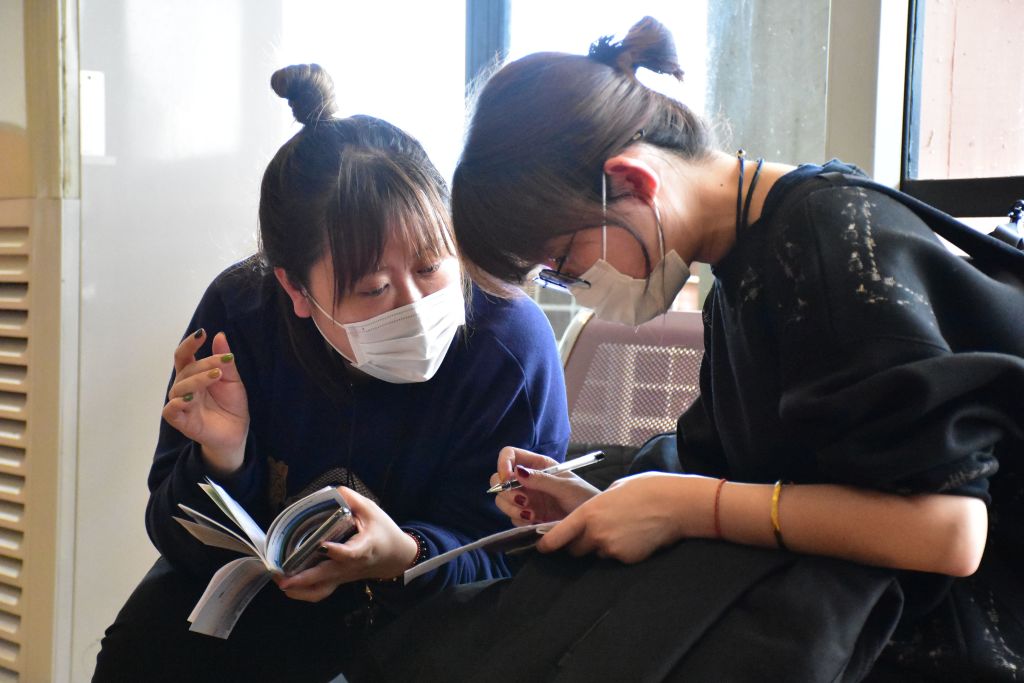
By: LakshmiPs
A new virus that China announced in late December has now killed 132 people, infected at least 6,000 and spread to more than 15 countries.
Foreign governments have airlifted their citizens out of Wuhan, the epicentre of the outbreak, and airlines have suspended flights to and from China.
Here is a timeline of the discovery and spread of the illness.
On December 1, the first recorded patient starts to feel symptoms of an unknown illness, according to a study published in the Lancet.
Health authorities in Wuhan, an industrial city in central Hubei province, first document the new illness a week later, on December 8.
On December 31, China alerts the World Health Organization (WHO) to cases of pneumonia in the city.
Several of those infected worked at a seafood market where live animals were sold. It is shut down on January 1.
As infections rise, Chinese officials on January 5 rule out a return of the SARS virus, which also originated in China and killed more than 770 people worldwide in 2002 and 2003.
On January 7, they say the outbreak involves a new virus from the coronavirus family. It is named 2019-nCoV.
China announces its first death on January 11, a 61-year-old man in Wuhan.
Two days later the WHO reports a case in Thailand — the first outside China — a woman who arrived from the city.
Japan reports its first case, a man who had visited the city, on January 16.
The United States, Nepal, France, Australia, Malaysia, Singapore, South Korea, Vietnam and Taiwan confirm cases over the following days.
The US starts screening flights arriving from Wuhan.
On January 20, China reports a third death in Wuhan and more than 200 infections, with cases also reported outside Hubei including in Beijing, Shanghai and Shenzhen.
Human-to-human transmission is “affirmative”, a Chinese expert on infectious diseases Zhong Nanshan tells state broadcaster CCTV.
Asian countries introduce mandatory screenings at airports of arrivals from high-risk areas of China.
On January 22, the death toll in China hits 17 with more than 550 infections. European airports step up checks on flights from Wuhan.
The city is in effect placed under quarantine on January 23 as air and rail departures are suspended.
Public transport is halted in at least 18 other cities in Hubei, affecting more than 50 million people.
Beijing cancels events for the Lunar New Year starting on January 25, and officials report the first death outside of Hubei.
On January 24, Shanghai Disneyland closes along with a section of the Great Wall and other famous landmarks. Hong Kong’s Disneyland follows two days later.
Mongolia closes its border with China and shuts schools and universities on January 27.
The WHO admits making an error in originally assessing the worldwide threat as “moderate”, saying the risk is “high at the global level”.
Beijing extends the Lunar New Year holiday to limit population flows.
Malaysia bans visitors from Wuhan. Sri Lanka and the Philippines announce tighter visa restrictions for people coming from China.
On January 28, China urges its citizens to delay overseas travel.
In Germany, a man is infected by a Chinese work colleague in the confirmed first human-to-human transmission in Europe.
Japan reports a case of a man who had not been to China recently but had apparently driven tourists who had come from Wuhan.
Chinese President Xi Jinping tells the WHO chief that his country is fighting against a “demon” epidemic.
The WHO says it will urgently dispatch international experts to China.
Hong Kong-based Cathay Pacific announces it will cut flights to and from the Chinese mainland.
On January 29, China announces that the epidemic has killed 132 people and infected nearly 6,000 people nationwide.
Hundreds of US and Japanese citizens in Wuhan board chartered flights to return to their home countries.
Other countries planning to pull out their nationals from Wuhan include Australia, France, Germany, India, Morocco, the Philippines, South Korea, Spain, Sri Lanka and Thailand.
British Airways becomes the first major airline to announce a total suspension of flights to and from China.
Airlines from Indonesia, Myanmar and Nepal follow suit, while Kazakhstan closes its border with China and Papua New Guinea halts all inbound travel from Asia.
The United Arab Emirates reports the first known case of the virus in the Middle East.
(AFP)
